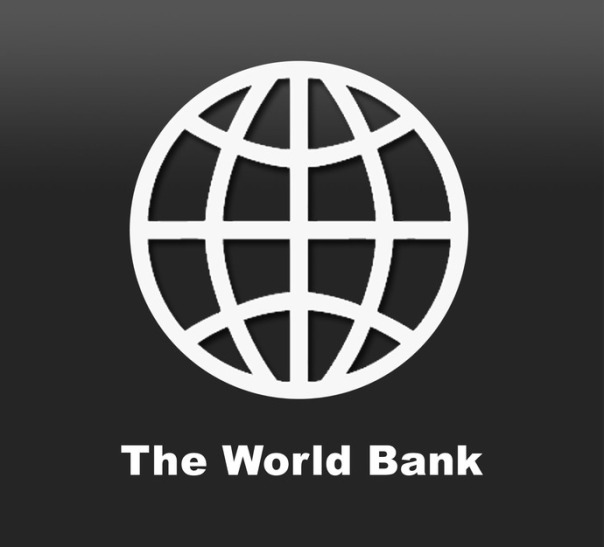
Growth of remittances to the Sub-Saharan Africa region is projected to slow to 0.9 percent in 2015, amounting to $33 billion, according World Bank’s latest Migration and Development Brief.
It said Nigeria alone accounts for around two-thirds of total remittance inflows to the region, but its remittances are estimated to have remained flat in 2014, at roughly $21 billion. The regional growth in remittances in 2014 largely reflected strong growth in Kenya (10.7 percent), South Africa (7.1 percent) and Uganda (6.8 percent). The level of remittance dependency varies across countries.
Remittances in the Gambia, Lesotho, Liberia and Comoros equal about 20 percent of GDP in 2013, the latest available data. Remittance flows to the region are expected to pick up to $34 billion in 2016 and $36 billion in 2017. In Somalia, concerns are rising about the impact on remittances due to “de-risking”– the closing of bank accounts of money transfer operators by correspondent banks fearing risks of money laundering and financial crime, the brief stated.
In line with the expected global economic recovery next year, the global flows of remittances are expected to accelerate by 4.1 percent in 2016, to reach an estimated $610 billion, rising to $636 billion in 2017. Remittance flows to developing countries are expected to recover in 2016 to reach $459 billion, rising to $479 billion in 2017.
The top five migrant destination countries continue to be the United States, Saudi Arabia, Germany, Russia and the United Arab Emirates (UAE). The top five remittance recipient countries, in terms of value of remittances, continue to be India, China, Philippines, Mexico and Nigeria.
The global average cost of sending $200 held steady at 8 percent of the value of the transaction, as of the last quarter of 2014. Despite its potential to lower costs, the use of mobile technology in cross-border transactions remains limited, due to the regulatory burden related to combating money laundering and terrorism financing, says the Brief. International remittances sent via mobile technology accounted for less than 2 percent of remittance flows in 2013, according to the latest available data.
“Total remittances in 2014 reached $583 billion. This is more than double the ODA in the world. India received $70 billion, China $64 billion, the Philippines $28 billion. With new thinking these mega flows can be leveraged to finance development and infrastructure projects,” said Kaushik Basu, World Bank Chief Economist and Senior Vice President.
He pointed out, “Israel and India have shown how macro liquidity crises can be managed by tapping into the wealth of diaspora communities. Mexican migrants have boosted the construction sector. Tajikistan manages to nearly double its consumption by using remittance money. Migrants and remittances are clearly major players in today’s global economy.”
“The moderation in the growth of remittances will be hard on many poor people. The affected countries may have to consider creative ways of smoothing the shock. Fortunately, migration and remittances can be leveraged for innovative financing,” said Dilip Ratha, Lead Economist, Migration and Remittances, at the World Bank’s Development Prospects Group and Head of the Global Knowledge Partnership on Migration and Development (KNOMAD).
“As to long-term financing needs for the Post-2015 Development Goals, I would love to see a bullet train system in India, an international airport in Nigeria, another Suez Canal in Egypt, a hydro-project in Pakistan, a community development program in the Philippines, all financed by mobilizing the power of remittances and diaspora savings.”
Commenting on the brief, Alix Murphy, Senior Mobile Analyst at WorldRemit, a leading online service that lets people send money to friends and family in other countries told Itnewsgha that“Mobile Money will play a pivotal role in global remittances, helping to reduce fees, improve speed and convenience for users.
Most importantly, Mobile Money is a key enabler of financial inclusion. There are currently two and a half billion unbanked people in the world i.e. without a bank account. One billion of these people already have access to a mobile phone and so a potential means of accessing financial services.
“Make no mistake – for many people in the world, Mobile Money will be their main or only means of accessing financial services. That’s why WorldRemit has worked hard to connect to more Mobile Money services than any other money transfer firm.”
Source: The Ghanaian Chronicle







0 comments:
Post a Comment